On Friday, the United Nations reported that rebel militias are exploiting child soldiers in horrific skirmishes in the Democratic Republic of Congo.
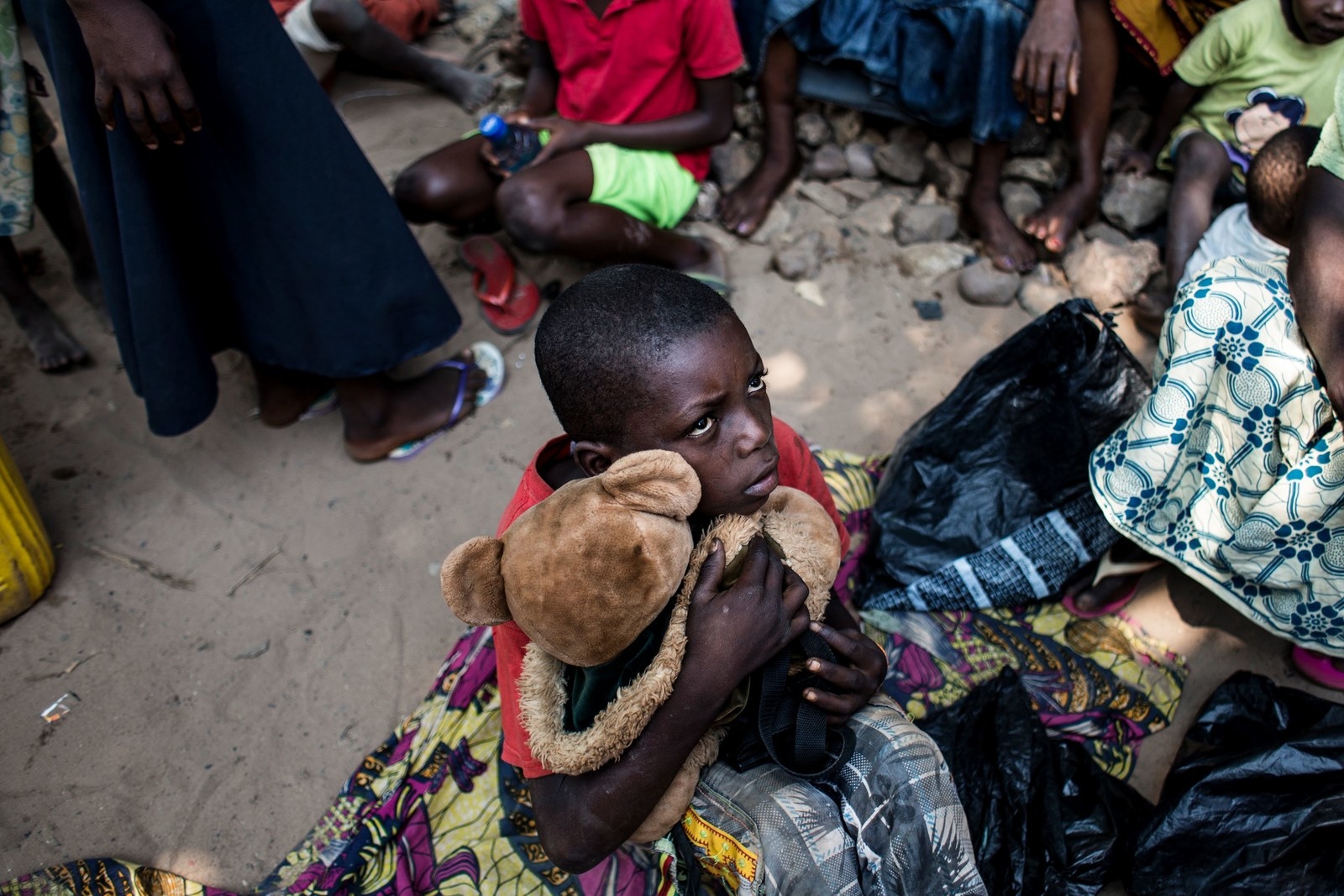
John Wessels / AFP / Getty Images
An estimated 850,000 children have been displaced by the fighting, UNICEF estimates.
“Children and women tell us of terrible acts of abuse. Many children have been recruited by armed forces, drugged and caught in the violence," Unicef's regional director for West and Central Africa Marie-Pierre Poirier said Monday.
The local population of Kasai state has been displaced by armed militias, reportedly largely made up of children, who survivors say are "bewitched". Refugees, interviewed in neighboring Angola, described rituals and sacrificial killings to OHCHR investigators. It is not the first time children have been used in the conflicts raging in and around the central African nation.
Since the Democratic Republic of Congo achieved independence from colonial Belgium rule in the 1960s, the resource-rich country has struggled for stability.
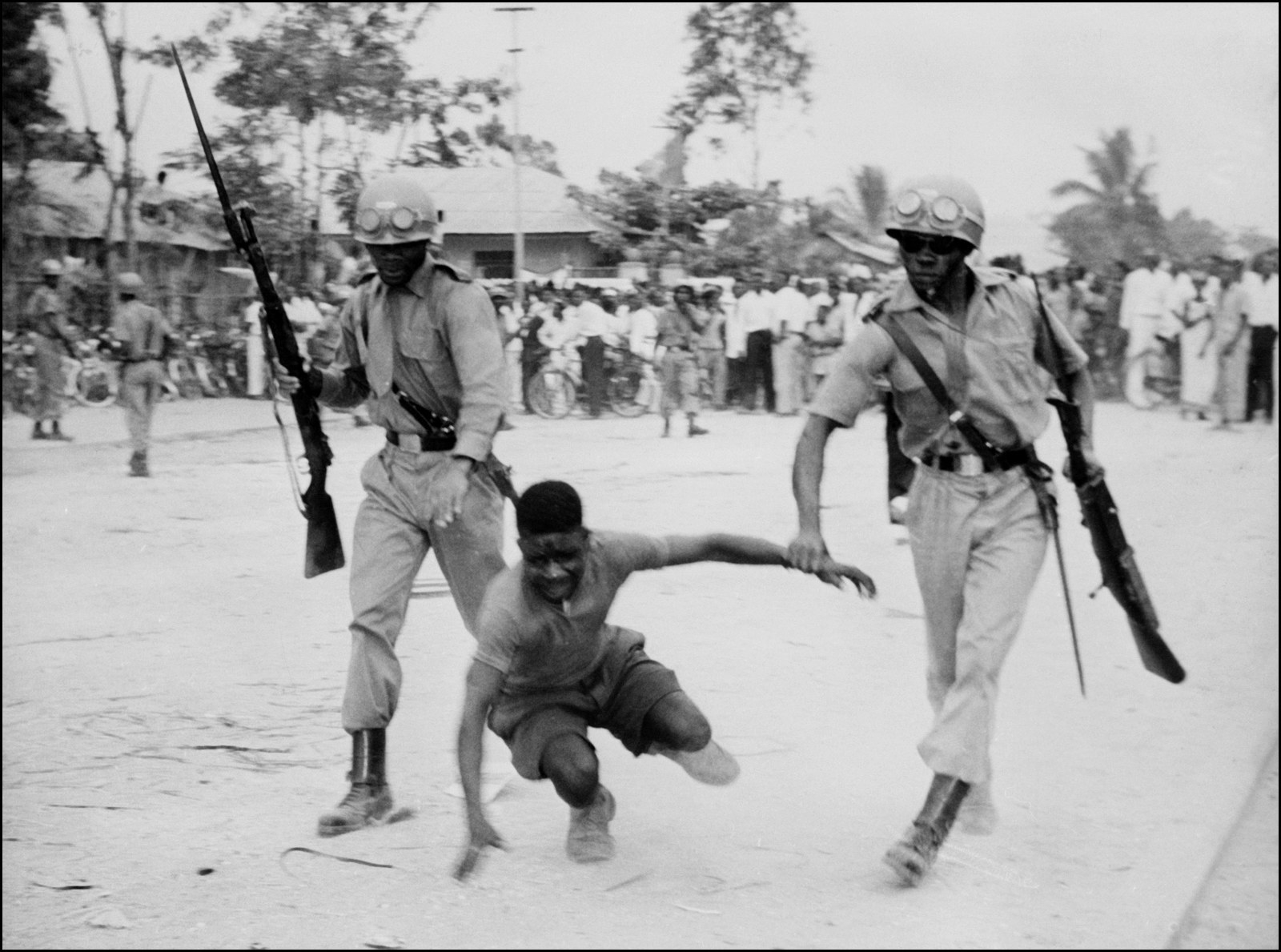
Staff / AFP / Getty Images
It is one of the largest and most populated countries on the planet, and is bordered by a number of states that have proved less than stable over the years – like the Central African Republic, Congo, Burundi, and Rwanda.
DRC's current ruler, president Joseph Kabila, inherited the presidency after his father Laurent-Désiré Kabila was assassinated by one of his bodyguards in 2001.
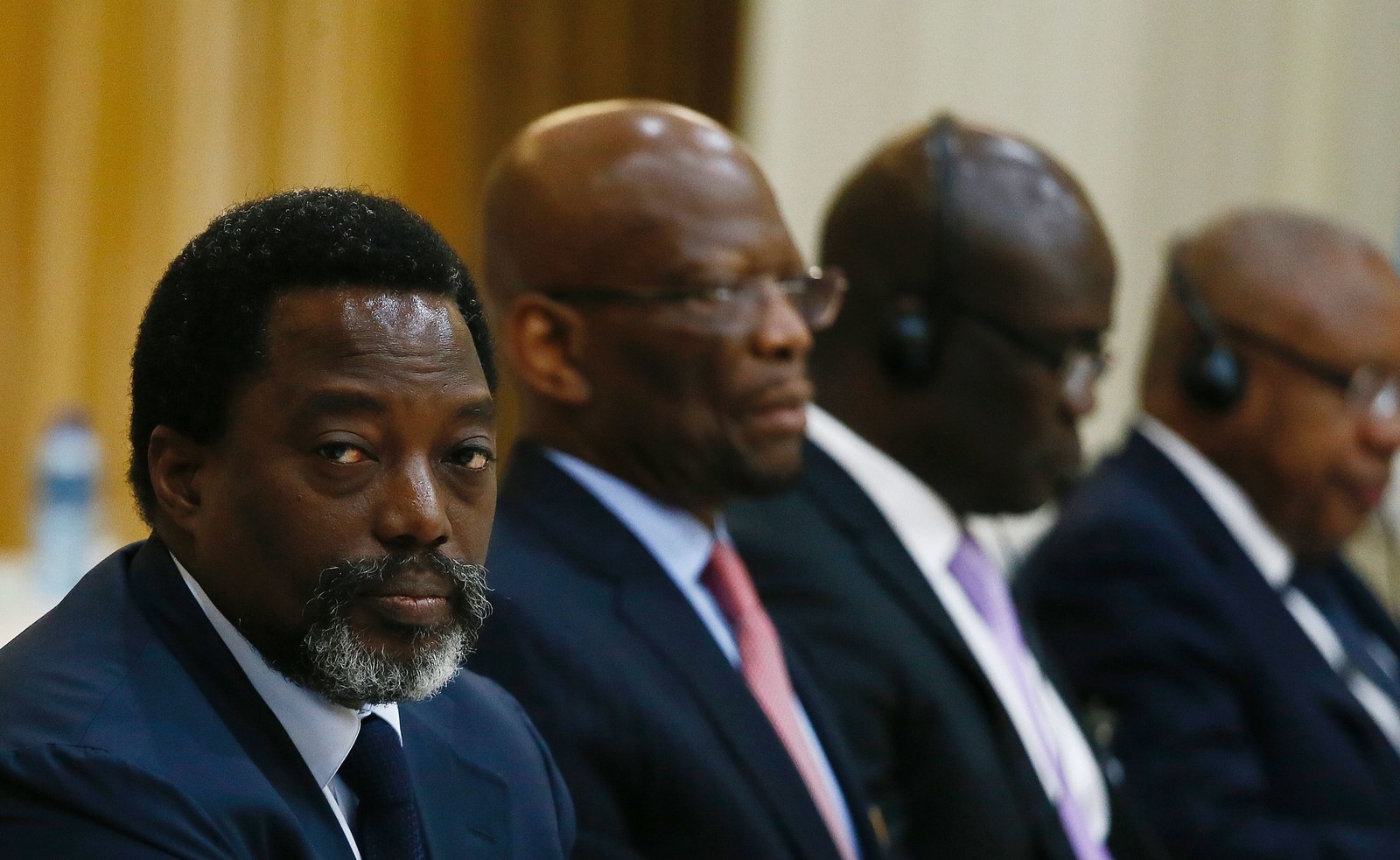
Phill Magakoe / AFP / Getty Images
The first Kabila came to power in 1997 when he led a Tutsi-backed army and ended the 32-year reign of Mobutu Sese Seko.
But as many as six million people died in the subsequent fighting, which involved nine neighboring nations. The hideously complicated patchwork of alliances, both national and local, meant villages were attacked repeatedly by different militias.
In 2003, an internationally brokered peace accord brought some stability back. Under the terms of that agreement, Kabila’s second term should have been his last — and elections should have been held in 2016.
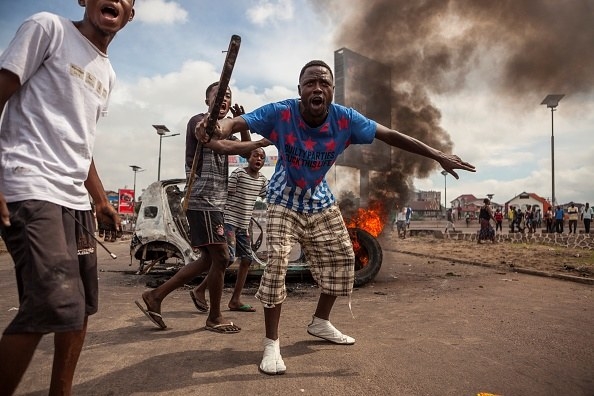
Eduardo Soteras / AFP / Getty Images
Despite that, Kabila remained in power, stoking discontent, with control over the fragmented country faltering.
In particular, many of the militias from the last conflict never disbanded, but continue to operate in the east — far from the capital, Kinshasa — ostensibly to protect villages, but in reality extracting bribes and attacking locals. But the latest bout of violence in the central Kasai state upsets this status quo.
Since the murder of a local anti-government leader last August as many as 3,500 people are thought to have been killed, and 1.4 million displaced.

John Wessels / AFP / Getty Images
Which brings us back to the UN report, and the interviews of displaced survivors. At least 250 people were extrajudicially killed in the last year, it says, including 62 children, 30 of who were under eight years old.
DRC government forces, pro-government militias (the Bana Mura), and anti-government militias were all found to have committed atrocities against civilians.
The report states if these crimes were brought before a "competent tribunal" they may "amount to crimes against humanity." It went on to warn that the situation in Kasai state was unfolding against a backdrop of increasing political instability, which could lead to the indefinite postponement of the already delayed elections.
The report details horrendous violence against civilians.
United Nations
The team of investigators, who interviewed people in June, said they witnessed a number of people who had been mutilated by militias. Among them was a seven-year-old boy who had had several of his fingers chopped off, and his face permanently disfigured.
UN High Commissioner for Human Rights Zeid Ra’ad Al Hussein said survivors spoke "of hearing the screams of people being burned alive, of seeing loved ones chased and cut down, of themselves fleeing in terror."
"Such bloodletting is all the more horrifying because we found indications that people are increasingly being targeted because of their ethnic group,” he said.
The rebel groups – chiefly the Kamuina Nsapu militia – are believed to force children as young as seven to fight.
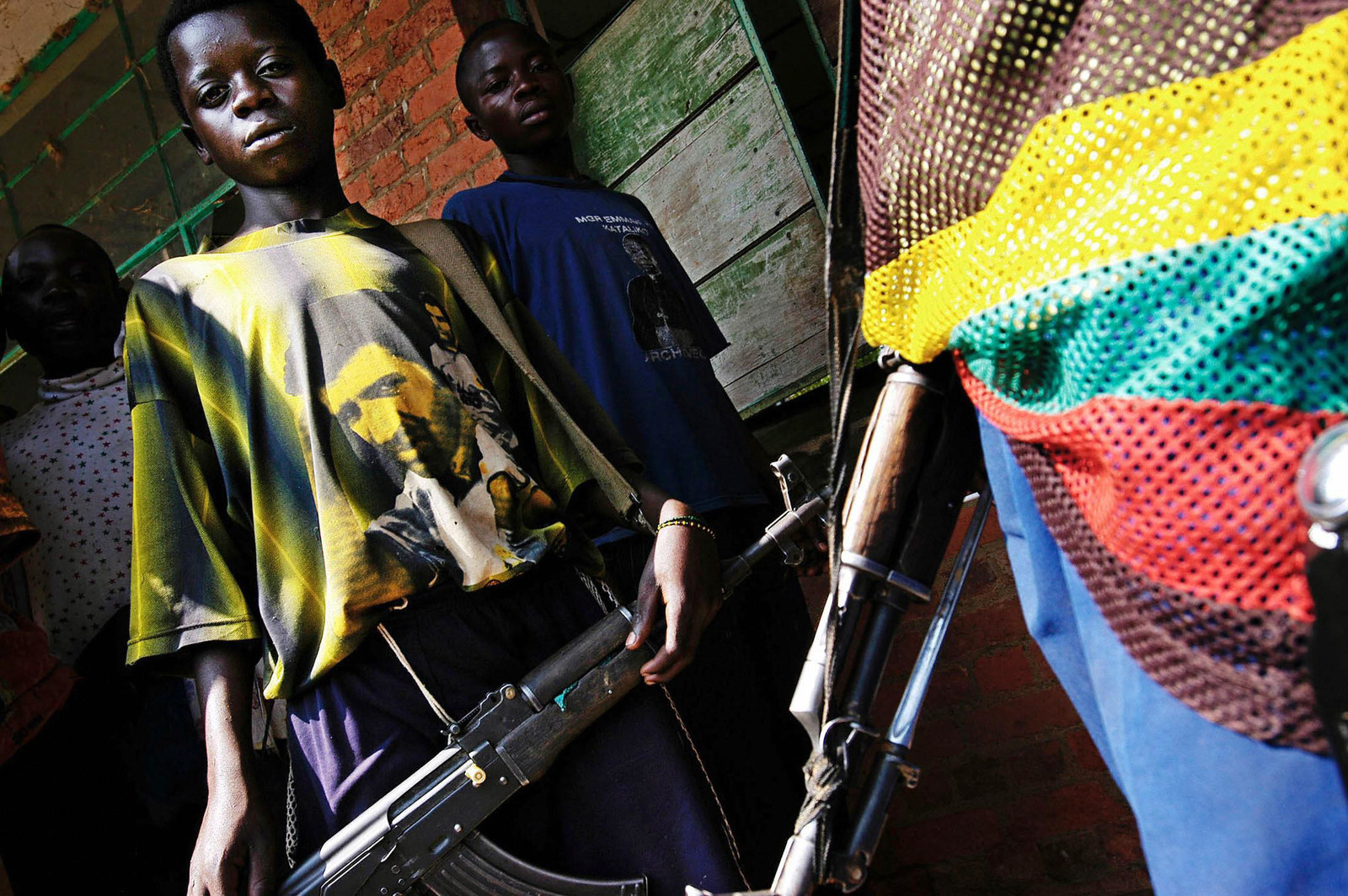
Gianluigi Guercia / AFP / Getty Images
In particular, the UN investigators found that in every single reported atrocity committed by the rebel militia, girls known as "Lamama" were present. These children, dressed in hula skirts and red arm-bands, were encouraged to drink the blood of killed civilians as they believed it would make them invulnerable to bullets.
The local population is terrified of these children, which observers think may explain in part why the relatively small and poorly armed insurrection has been able to hold off official forces for so long.
Responding to the claims against the government, a DRC spokesperson said they would investigate and punish any crimes, but they neither confirmed or denied the details in the report. Meanwhile, international observers are increasingly fearful the violence will increase along ethnic lines.
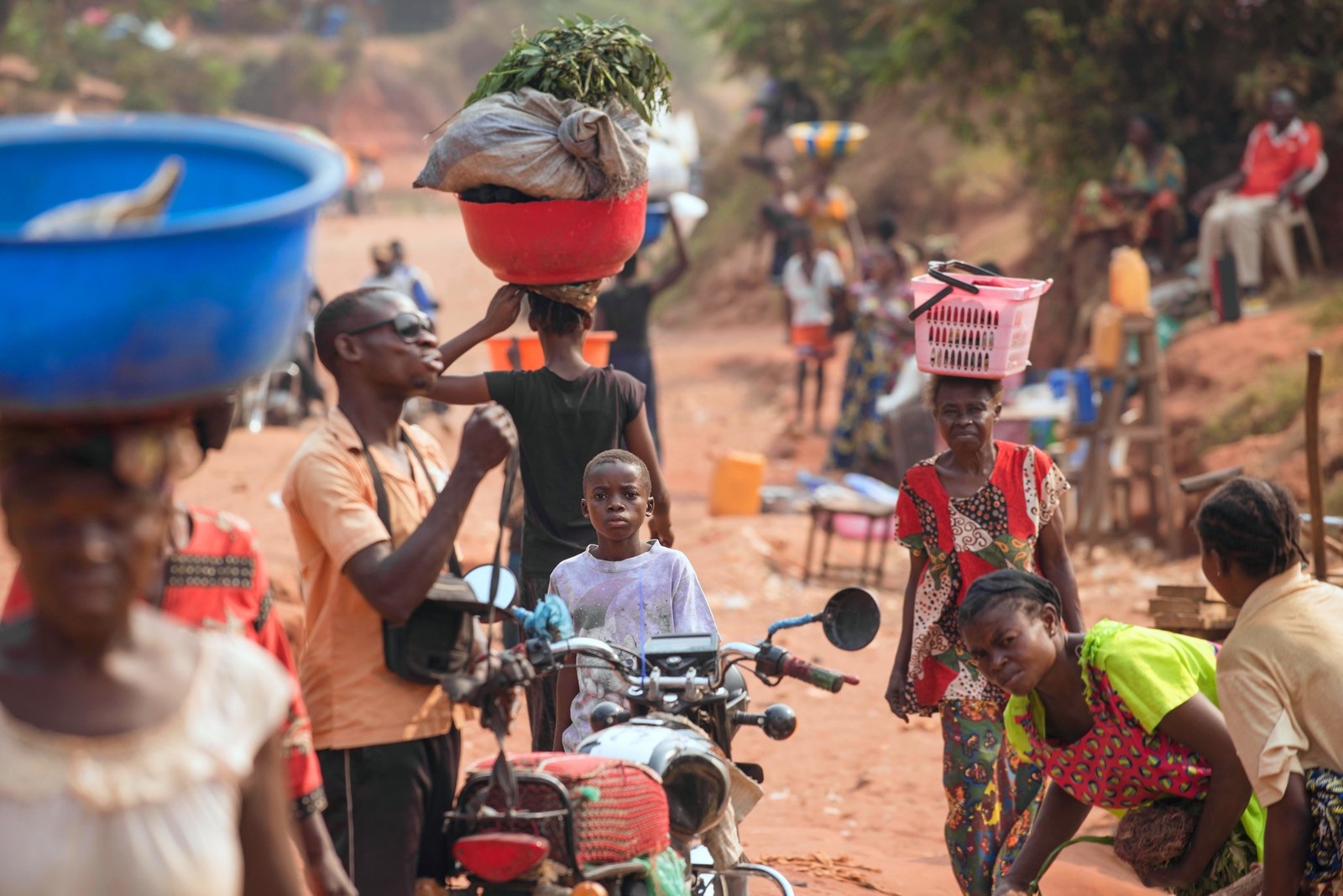
Junior D. Kannah / AFP / Getty Images
The United States has called on the DRC to cooperate with an independent team of experts, sent by the Human Rights Commission, who will examine the alleged abuses in Kasai.

John Wessels / AFP / Getty Images

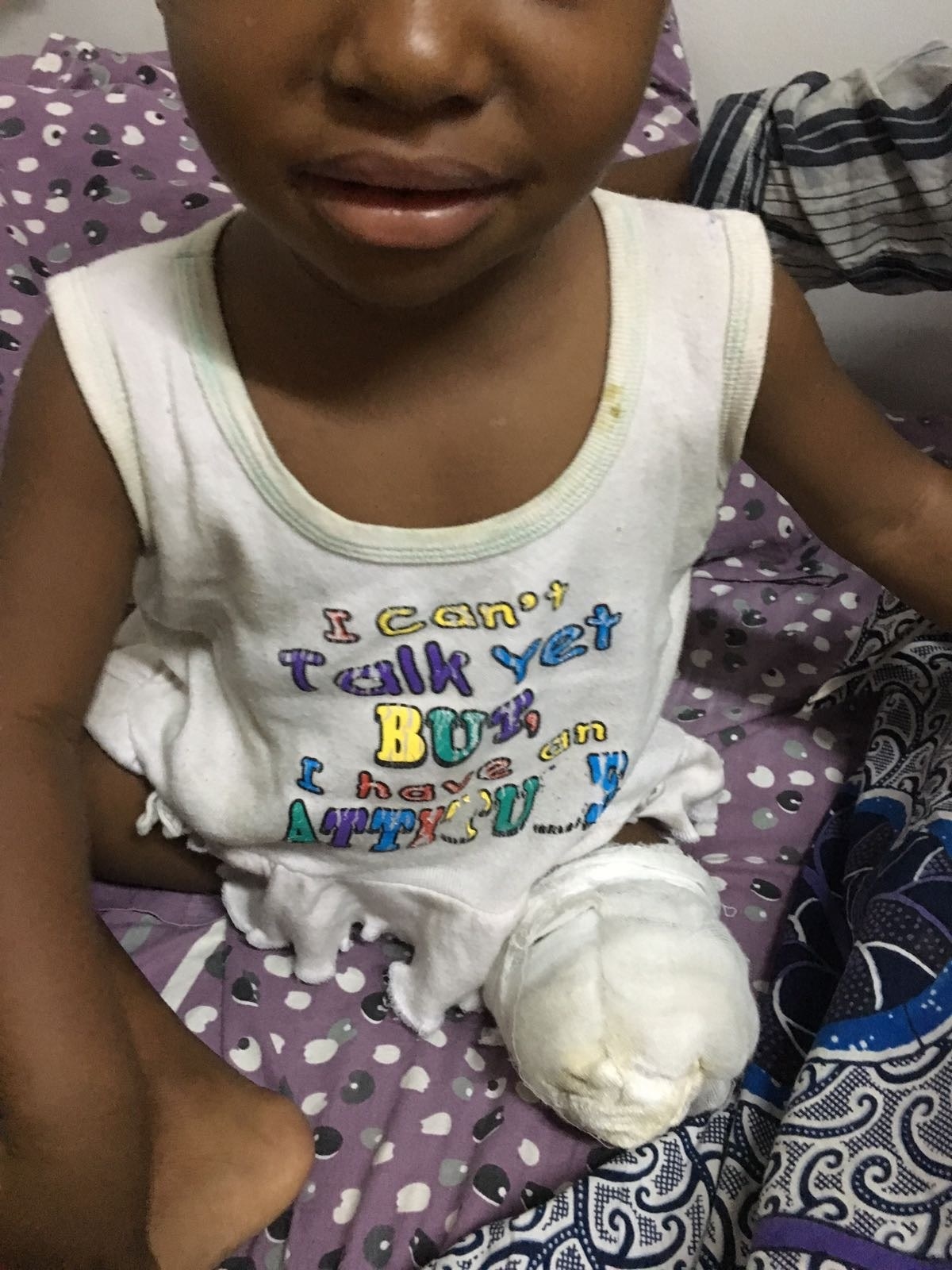
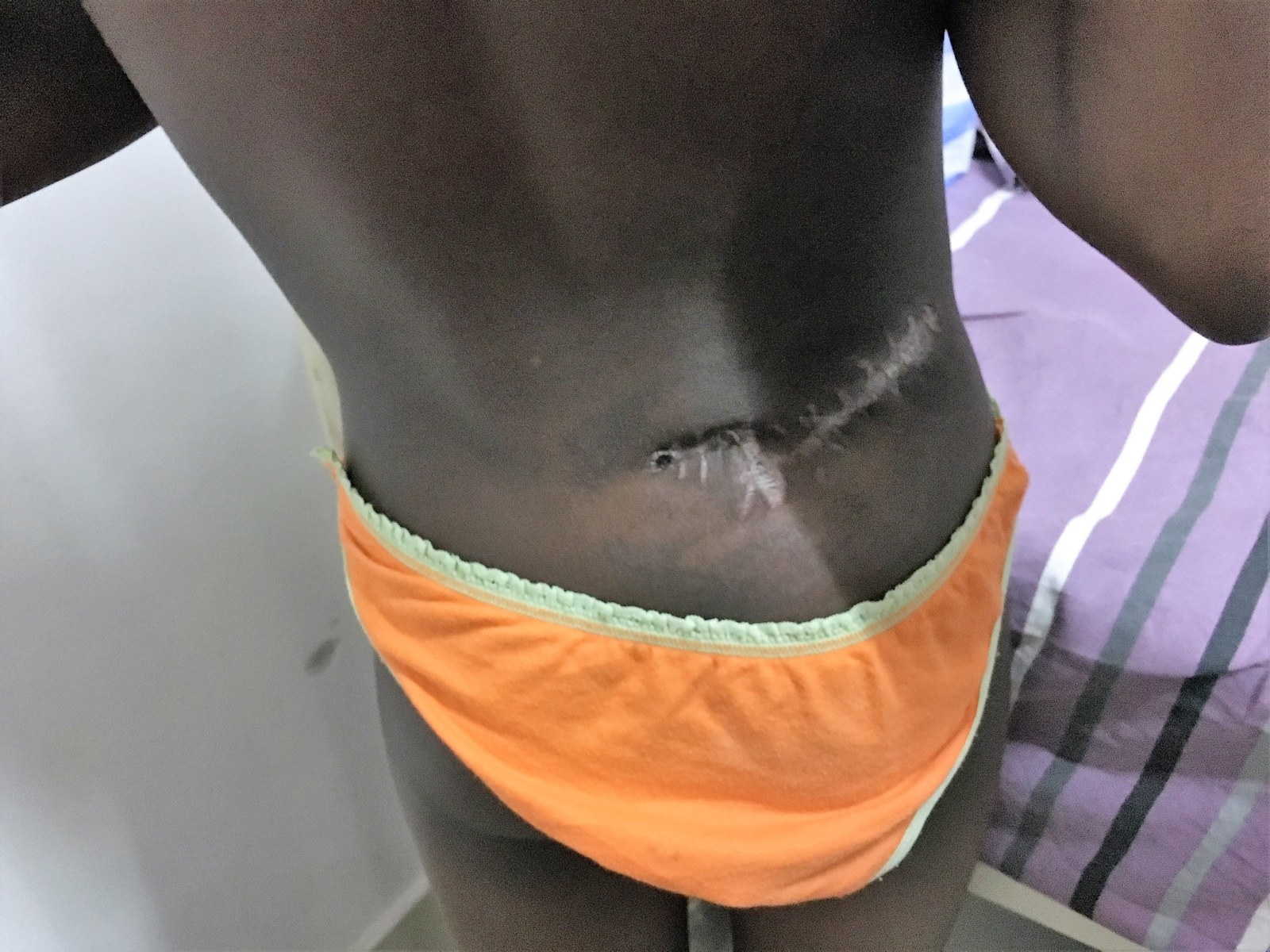

0 التعليقات: